Premium Only Content
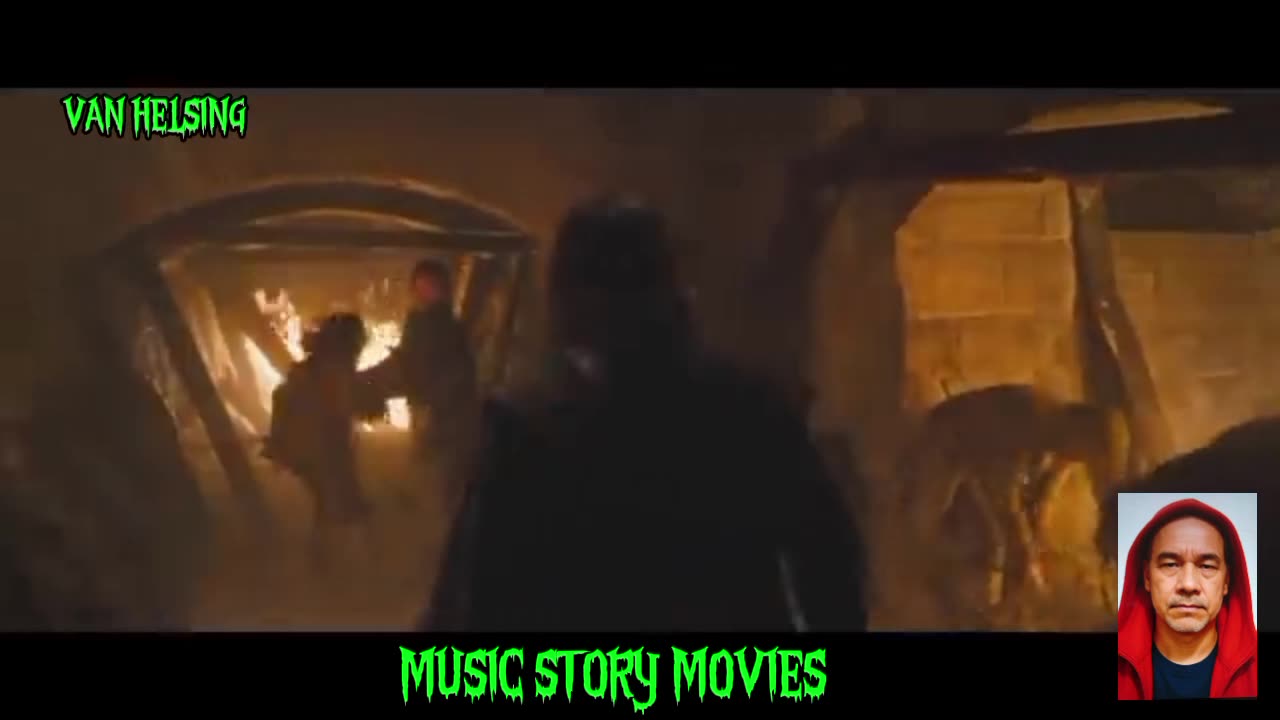
VAN HELSING
*Analysis of the Film “Van Helsing” (2004)*
*Part 3 – Visual Style, Thematic Motifs, and Legacy
3.1 Visual Style & Cinematography
*Color Palette & Lighting*
Director Stephen Sommers and cinematographer Allen Daviau craft a *hyper‑saturated, Gothic tableau*.
- *Day vs. Night:* Sunlit Carpathian mountains in crisp, desaturated blues contrast with the lurid, candle‑lit interiors of Dracula’s castle (deep reds, umber shadows).
- *Blue‑Green Teal for Vampires:* The brides and Dracula are often bathed in cold teal or violet lighting, signalling unnaturalness, while Van Helsing’s silver weapons glow with a sharp, white‑blue rim light.
*Camera Movement*
- *Wide Establishing Shots:* Sweeping aerial pans of the Great Wall‑like fortress and the storm‑tossed Transylvanian peaks establish epic scope.
- *Dynamic Combat:* Fast‑cut tracking shots, Dutch angles, and rapid dolly‑zooms during sword‑play (e.g., Van Helsing’s duel on the clock tower) heighten kinetic energy.
- *Handheld Intimacy:* Brief moments of horror (first vampire attack) use shaky handheld to increase tension, balancing action with dread.
*CGI & Practical Effects Blend*
- *CGI Creatures:* The Tao‑Tie‑inspired brides and the massive werewolf transformation are 100 % digital, rendered with motion‑capture.
- *Practical Sets:* Massive castle walls, mechanical siege engines, and candle‑lit corridors were built physically, giving tactile weight that CGI alone often lacks.
- *Hybrid Result:* Critics note inconsistency when digital monsters interact with real environments (e.g., shadow mismatches), but the glossy, comic‑book aesthetic fits the film’s “monster‑movie” tone.
3.2 Sound Design & Music
*Alan Silvestri’s Score*
- *Orchestral‑Choral Fusion:* Bold brass motifs for heroism, haunting choir for vampires, and a recurring mournful violin theme for Anna’s lineage.
- *Motivic Recall:* The “Van Helsing” leitmotif reappears whenever he draws his silver pistols, anchoring identity amid chaos.
*Sound Effects*
- *Metallic Clash:* Sword‑silver vs. vampire flesh is crisp, exaggerated with reverb to emphasize impact.
- *Creature Roars & Growls:* Layered low‑frequency rumbles for the werewolf transformation add visceral weight.
3.3 Thematic Motifs
*3.3.1 Faith vs. Superstition*
- *Vatican Backing:* Van Helsing is dispatched by the Church, positioning faith as a weapon against ancient evil.
- *Contrasting Rituals:* Dracula’s necromantic resurrection of Marishka mirrors pagan rites, highlighting clash between Christian symbolism (crosses, holy water) and folklore.
*3.3.2 Duality of Humanity & Beast*
- *Werewolf (Velkan):* Cursed brother embodies loss of agency—human conscience trapped in monstrous form.
- *Van Helsing’s Tools:* Silver bullets, cross‑shaped gadgets symbolize his attempt to retain humanity through technology.
*3.3.3 Sacrifice & Redemption*
- *Velkan’s Death:* Self‑immolation to block the portal, granting Anna freedom.
- *Van Helsing’s Blood Ritual:* Uses his own blood to seal the eclipse, echoing Christ‑like sacrifice.
*3.3.4 Colonial/Postcolonial Undertones*
- *East vs. West:* European (Western) hero rescues Eastern “exotic” lands (Transylvania).
- *Critique:* The film walks a thin line—celebrates Chinese‑style martial choreography (Zhang Yimou influence) while leaning on Orientalist tropes (mysterious “East” monsters).
3.4 Narrative & Structural Critique
- *Pacing:* Fast‑paced action interspersed with brief Gothic lulls—works for mass audience but dilutes horror depth.
- *Character Depth:* Strong visual charisma (Jackman, Beckinsale) but limited backstory for supporting monsters (brides remain eye‑candy).
- *Genre Blending:* Mixes horror, action, romance, and sci‑fi (mechanical devices). The hodgepodge can feel disjointed, yet the self‑aware campiness becomes its charm.
3.5 Reception & Legacy
*Box Office & Commercial Success*
- Grossed *$300 M worldwide* on a *$49 M budget*, proving viability of monster‑hunter blockbuster formula.
-
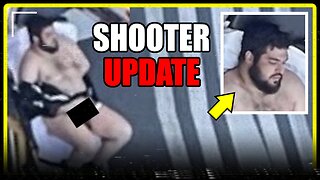 LIVE
LIVE
MattMorseTV
44 minutes ago🔴It’s MUCH WORSE than WE THOUGHT. 🔴
503 watching -
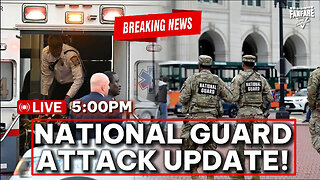 2:51:18
2:51:18
Barry Cunningham
3 hours agoBREAKING NEWS: NATIONAL GUARD ATTACK PRESS CONFERENCE AND LIVE UPDATES!
6.86K13 -
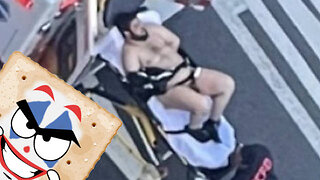 LIVE
LIVE
TheSaltyCracker
40 minutes agoMedia Justifies Attack on National Guard ReeEEStream 11-26-25
8,621 watching -
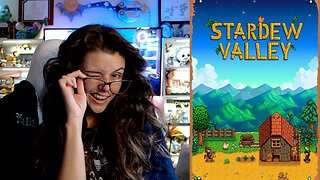 LIVE
LIVE
Mally_Mouse
3 hours ago🎮 Let's Play!!: Stardew Valley pt. 34
556 watching -
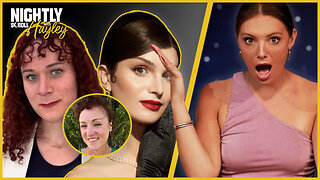 1:16:43
1:16:43
BonginoReport
8 hours agoExposing Transgenderism w/ Amy Sousa - Nightly Scroll w/ Hayley Caronia (Ep.186)
90K14 -
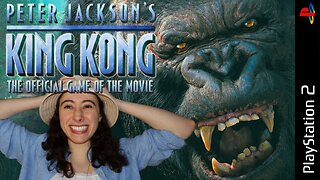 LIVE
LIVE
Blabs Life
3 hours agoPART 4: Peter Jackson's King Kong: The Official Game of the Movie | Noob Plays
78 watching -
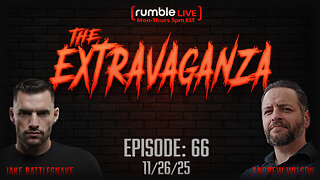 1:03:47
1:03:47
TheCrucible
3 hours agoThe Extravaganza! EP: 66 (11/25/25)
67.2K10 -
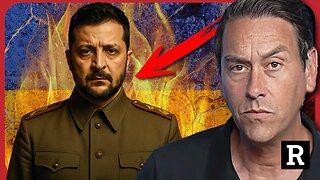 1:58:47
1:58:47
Redacted News
4 hours ago"What I saw in Ukraine SHOOK me to my core" Ukraine is not a democracy, it never was | Redacted
102K49 -
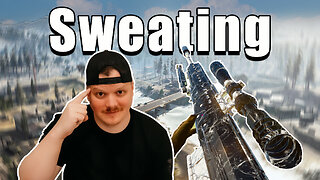 LIVE
LIVE
GritsGG
6 hours ago#1 Most Warzone Wins 4049+!
42 watching -
 LIVE
LIVE
MOONTV69
5 hours ago🔴LIVE - MARVEL RIVALS - GAMBIT LORD GRIND!! (PC)
68 watching